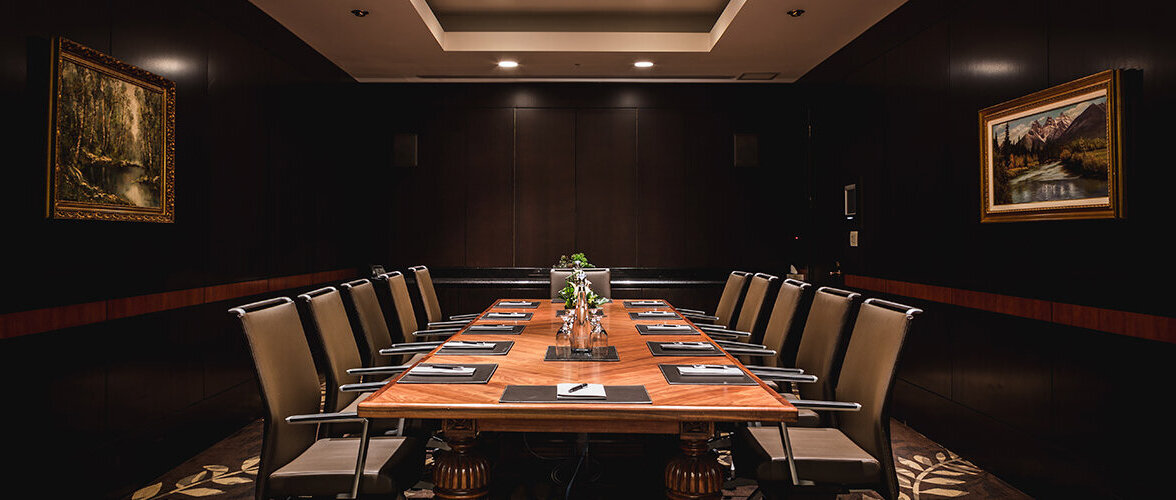As Charles “Charlie” O’Sullivan likes to tell it, back in the day, there was the “two-jacket trick.” It was a simple ruse. This was the late 1970s and men had a privileged status — not so privileged they could skip work at any hour, but privileged enough that they could get away with the two-jacket ploy.
“This was for guys working in offices — legal companies and such,” he recalls. “You’d bring two jackets to work. And if you wanted to cut out early, one jacket you would leave on your chair at the office, the other you’d wear to the club. You had to wear a jacket to the club, then. There were no cell phones, so if someone was looking for you, they’d see the jacket on your chair and figure you hadn’t left work.”
He laughs about those days. Charlie can tell a ripper story of how it used to be — the depth of story you’d expect from someone who has been an August member of the Terminal City Club for 40 years, someone who has seen so much change.
Charlie grew up in County Kerry, on the westernmost coast of Ireland. In Kerry, the locals will tell you, the next bar to the left is in St. John’s, Newfoundland. He graduated from the University College Cork in 1965 as a geologist specializing in experimental physics and mathematics. This unique blend of education positioned him perfectly on the forefront of the emerging science of geophysics.
Geophysics brought Charlie considerable notoriety. He is widely regarded as a seminal figure in the history of modern mining in British Columbia. It’s fair to say it also brought him fortune, travel, adventure, and, indirectly, the love of his life, Mona, with whom he has maintained a partnership more solid than a diamond for the past 51 years.
Charlie first arrived in Canada in 1966 as a valued, young geophysicist. He was something of a wunderkind who was recruited by Dr. Harry Seigel, an industry legend who had developed the induced polarization geophysical system for Newmont. The impact of this system on modern mining cannot be overstated. (For example, in 1967, Charlie used induced polarization to do the geophysical surveys for Newmont at Princeton that discovered the Copper Mountain Mine which is still in production.)
When Charlie landed in Toronto in ‘66 he was immediately set up with a sleeping bag, snow shoes and a ticket to the Northwest Territories.
“Looking back on it, it was odd they gave me snow shoes,” he says. “I certainly could have got them up there. It was kind of like bringing coal to Newcastle.”
He was in the NWT for three months before embarking on his first trip to British Columbia and, eventually, Vancouver.
“I took the train down through Whistler. The sun was setting on the ocean and as I looked out the window, I thought to myself ‘what a beautiful place.’ Then the train travels through West Vancouver and I’m looking out at all these people drinking cocktails on their decks and I’m thinking I’m in Hollywood.”
When Charlie was in Vancouver, he was introduced to a young woman he took to a dance, Mona. He was immediately smitten, but they quickly lost touch with each other. Then, a year later, he was back in Yellowknife when, by the wildest of chances, he ran into her again in a drug store.
“I said, ‘hey, are you Mona?’ She had trouble remembering my name. We went to a barbecue the next day and I told her I was going away for a while, but to stick around and we’ll get married when I get back. Never even kissed her at this stage. I just figured the co-incidence of meeting again was a sign.”
Eventually Charlie and Mona married and moved to Vancouver where they raised a family of three — all daughters. In 1968, he left Newmont and opened his own company, Hemisphere Energy Corp. He remains the chairman of Hemisphere to this day — a true testament to the stellar ethos of a man who, at 76, has no thoughts of retirement.
He keeps healthy, of course — a requirement if you are going to keep working well into your seventh decade. He’s a regular at the TCC gym and something of a legend at the Point Grey Golf and Country Club. By his estimation he plays between 150 and 200 rounds a year.
“I love the gym,” he says. “It’s important to me. Of all the changes I’ve seen at the club, the emergence of the gym as a hub of social activity has been the most significant. Rather than members meeting in the middle of the afternoon for a liquid lunch, they’ll go to the gym and network. Seeing so many young people come to the club and work this way is a wonder.”

